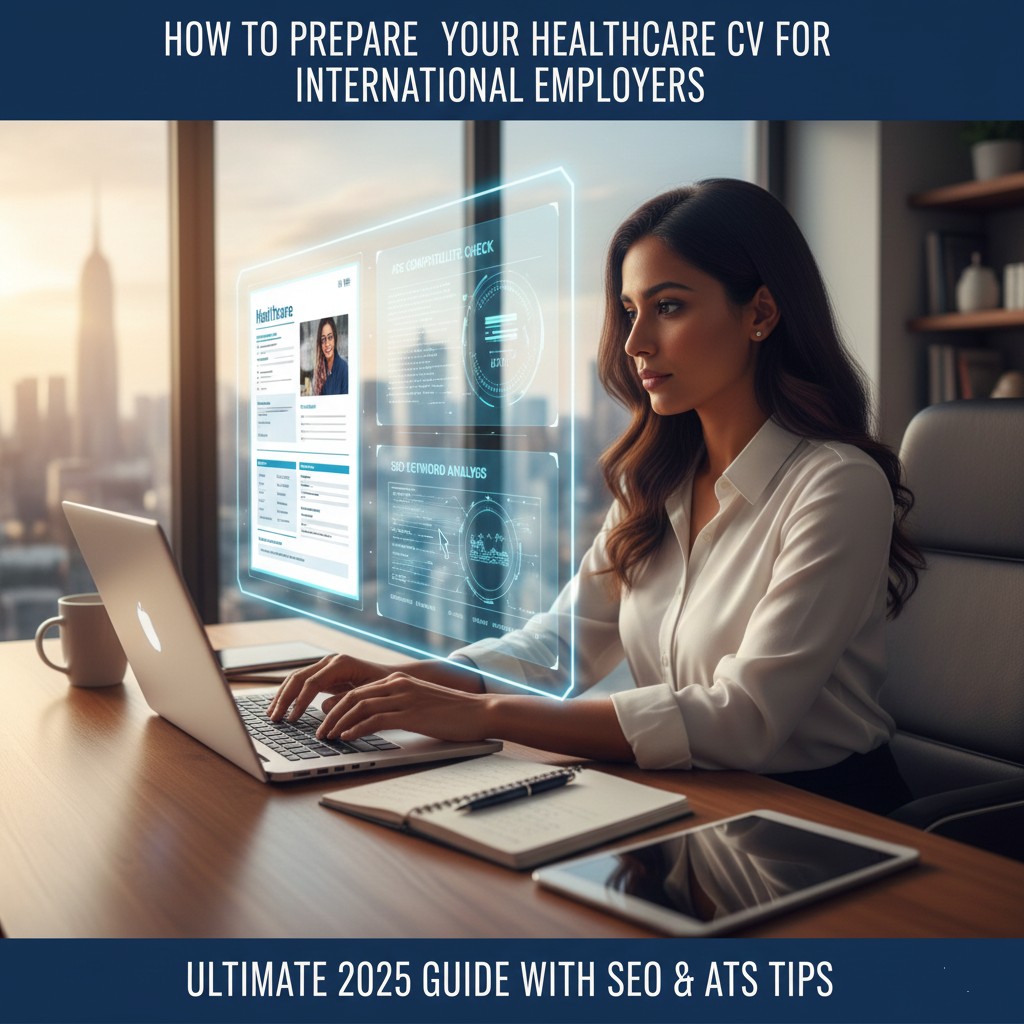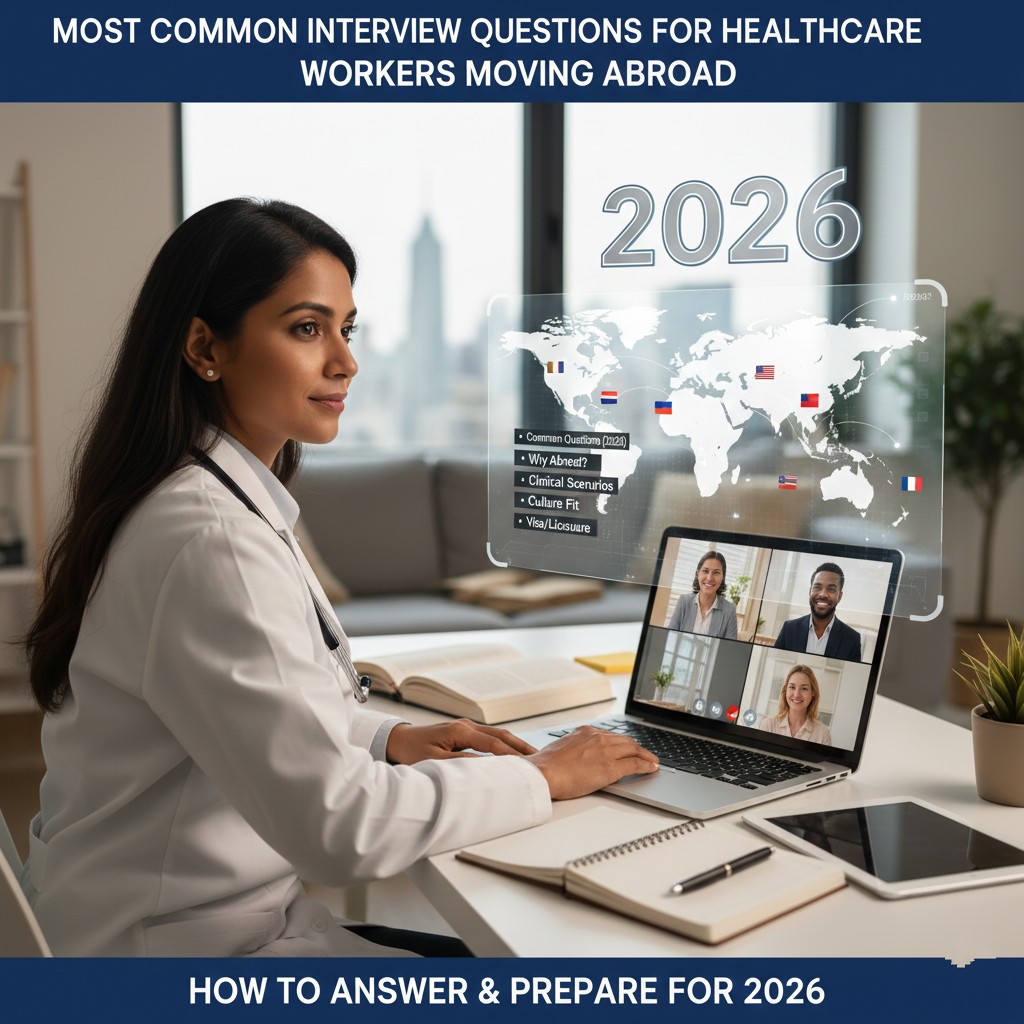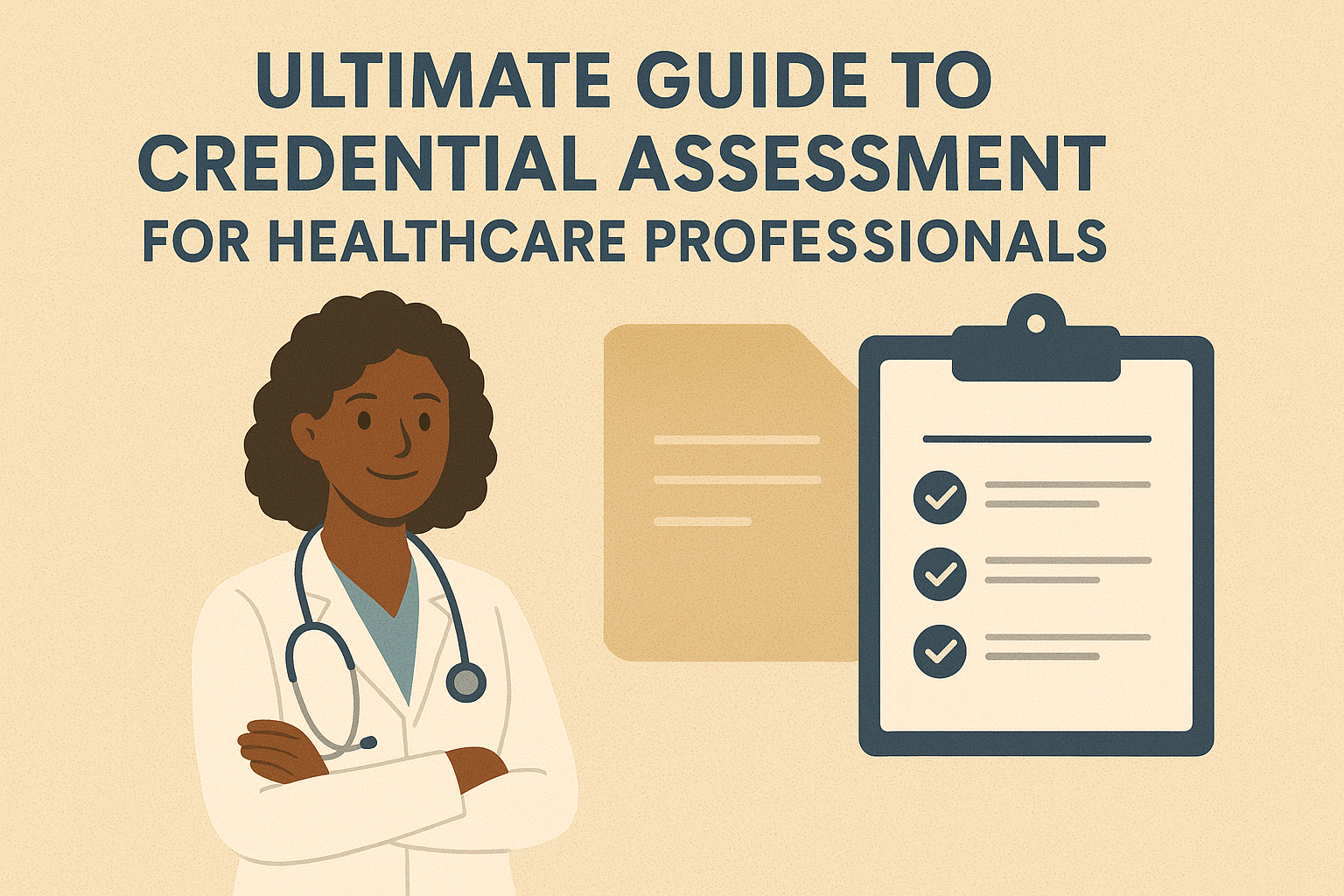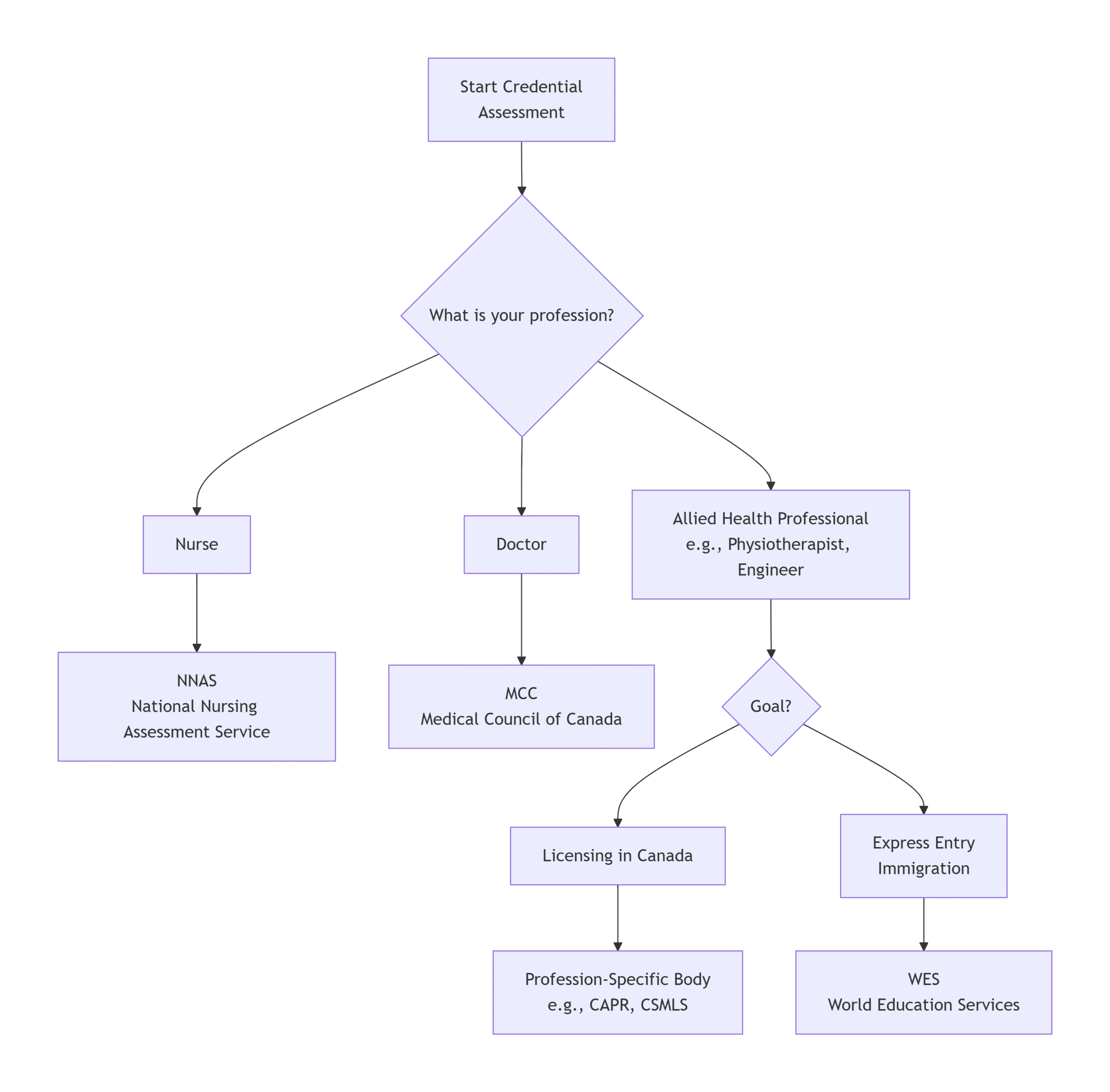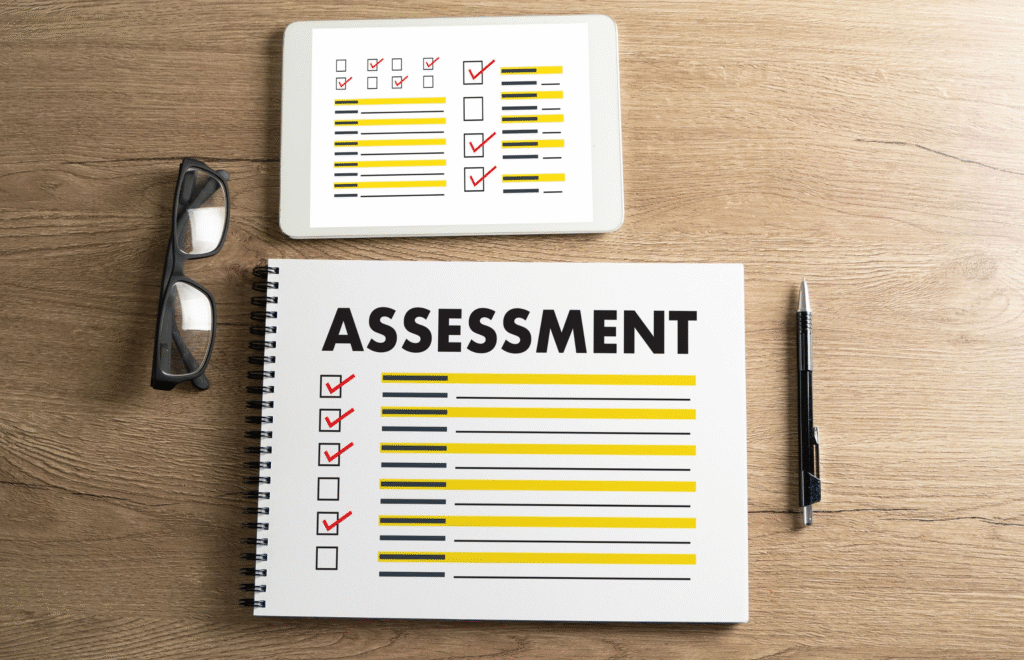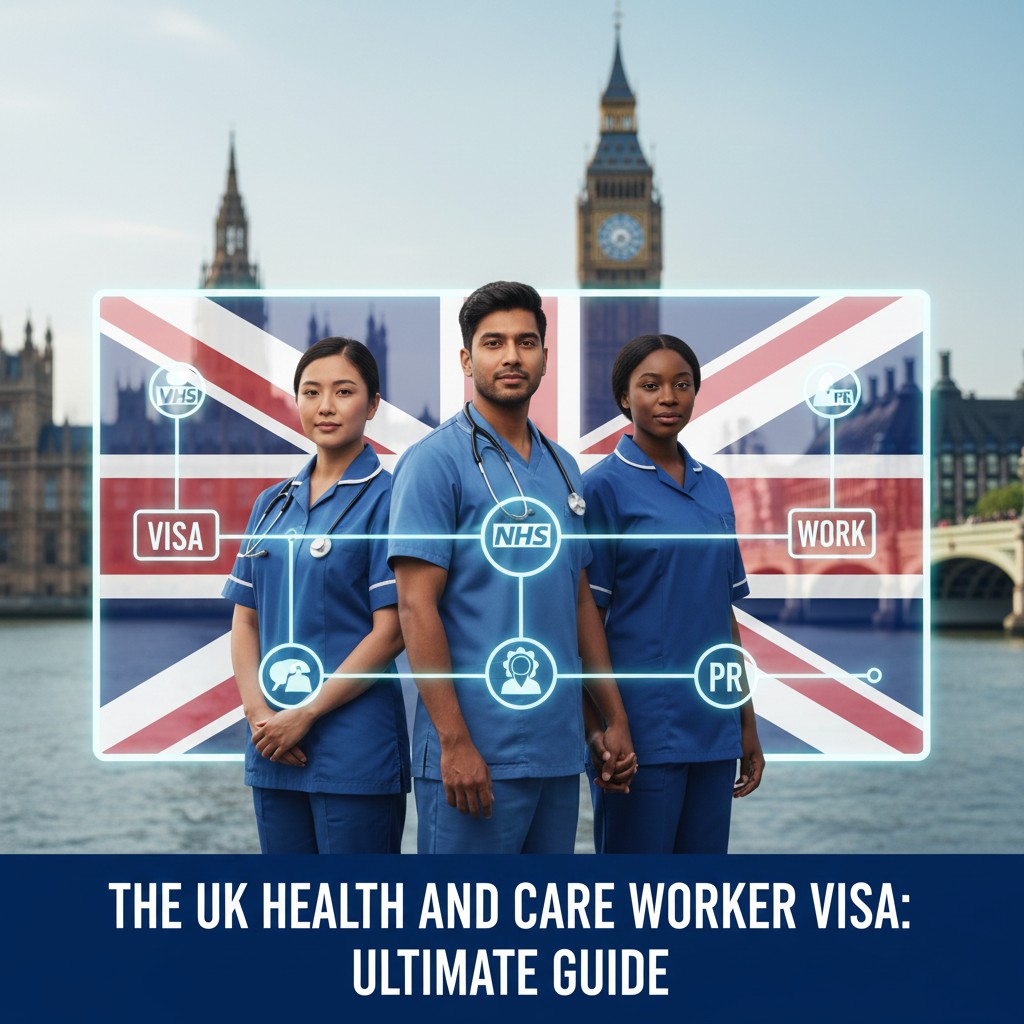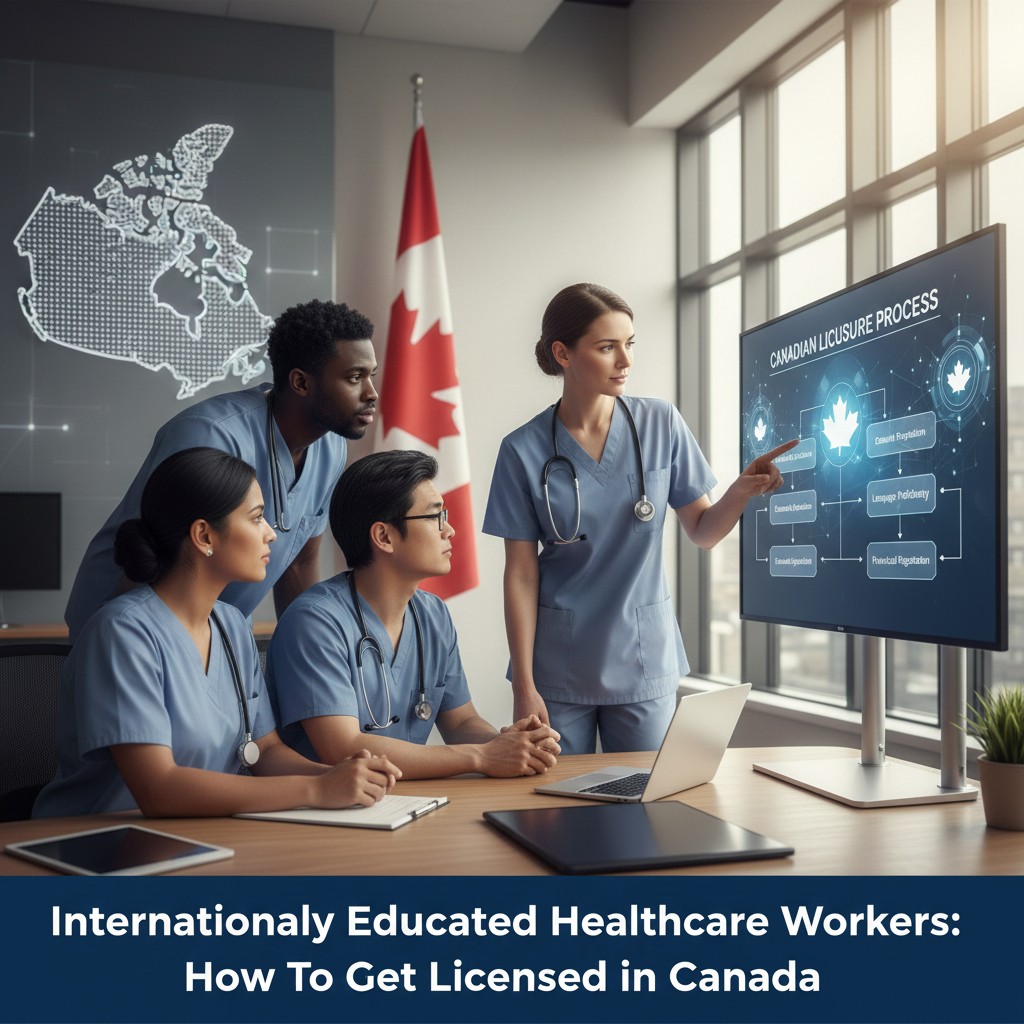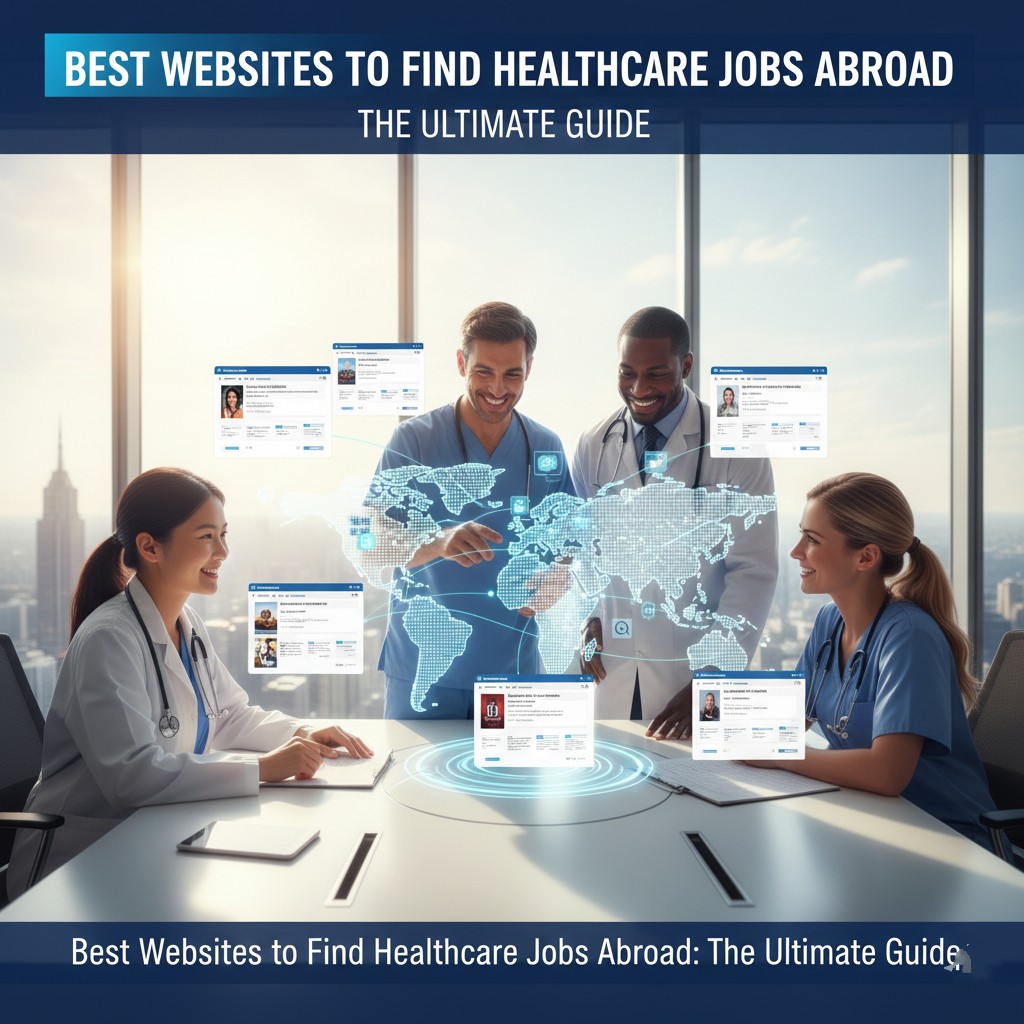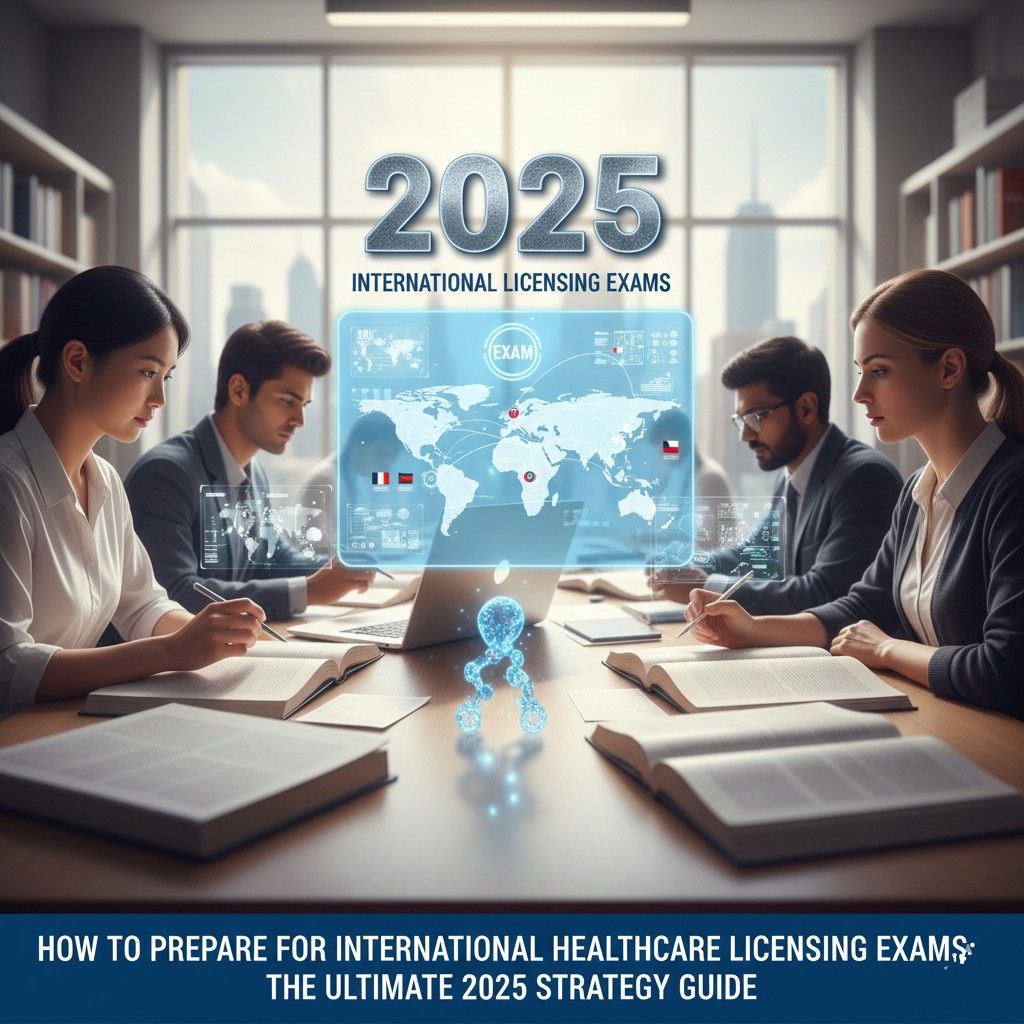For doctors, nurses, and allied health professionals, a well-crafted CV (Curriculum Vitae) is your passport to international opportunities. However, a CV that worked in your home country might not pass the initial screening for roles abroad. The key to success lies in optimising your CV for both human recruiters and the Applicant Tracking Systems (ATS) they use.
This ultimate 2025 guide will show you how to structure and keyword-optimise your healthcare CV to get noticed, get interviewed, and get hired.
Why a Standard CV Isn’t Enough for International Jobs
International recruiters and ATS software are scanning for specific signals:
- Right to Work: Visa status and sponsorship needs.
- Professional Registration: Eligibility or status with the local licensing body.
- Relevant Keywords: Specific skills, procedures, and technologies mentioned in the job description.
- Clarity & Conformity: A format that is easy to scan and matches regional expectations.
Part 1: The Structure of a Winning International Healthcare CV
Follow this exact structure for maximum impact.
1. Header & Contact Information
- Your Name: Large, bold font.
- Professional Title: The title you’re targeting (e.g., “Registered Nurse (NMC Applicant)” or “Internationally Educated Medical Laboratory Technologist”).
- Phone Number (with Country Code): +1 (555) 123-4567
- Email Address: Professional (e.g., firstname.lastname@gmail.com).
- Location: Your city and country.
- LinkedIn Profile URL: Crucial. Ensure your LinkedIn profile is updated and mirrors your CV.
- Visa Status: A brief line like “Requires Tier 2 / Health and Care Worker Visa Sponsorship” or “ECA Complete, Express Entry Profile Active.”
2. Professional Summary
This is your 3-4 line elevator pitch. It must be powerful and keyword-rich.
- Who you are: Your profession and speciality.
- Your experience: Years of experience and key areas of expertise.
- Your goal: The type of role you’re seeking.
- Your registration status: Mention your progress with the local licensing body.
Example for a Nurse:
“Compassionate and dedicated Registered Nurse with 8 years of experience in emergency and critical care settings. Proficient in advanced life support, trauma nursing, and electronic health records. Seeking to leverage my skills in a UK NHS Trust. Currently holding an NMC PIN and eligible for full registration.”
3. Core Competencies / Skills Section
This is a goldmine for ATS optimisation. Use a bulleted list of keywords.
- Clinical Skills: Patient Assessment, Venepuncture, IV Therapy, Wound Care, Medication Administration, ACLS, PALS, ECG Monitoring.
- Technical Skills: Epic, Cerner, Meditech (Electronic Health Records).
- Professional Skills: Patient Education, Interdisciplinary Collaboration, Clinical Documentation, and Infection Control.
- Language Skills: English (IELTS: 8.0), French (Fluent).
4. Professional Experience
Use reverse chronological order (most recent job first).
- Job Title, Employer, City, Country | Dates of Employment
- Key Responsibilities: Use bullet points and action verbs.
- Instead of: “Was responsible for patient care.”
- Write: “Provided comprehensive nursing care to 5-7 patients per shift in a high-acuity medical-surgical unit.”
- Quantify Your Achievements: Numbers stand out.
- “Reduced medication administration errors by 15% through double-check protocols.”
- “Mentored 3 new graduate nurses, improving their onboarding experience.”
5. Education & Credentials
- Degree, University, City, Country | Year of Graduation
- Licensing & Certifications: This section is critical.
- NMC PIN Number (or application reference number)
- IELTS/OET Score (with date)
- BLS, ACLS, PALS (with expiration dates)
- Specialty Certifications
6. Additional Sections
- Professional Memberships: e.g., Royal College of Nursing (RCN)
- Conference & Workshops
- Awards & Honors
Part 2: SEO & ATS Optimisation: Getting Past the Robots
Applicant Tracking Systems are software that scan and rank CVs before a human sees them. To beat the bots, you need to speak their language.
1. Keyword Optimisation: The Heart of ATS
- Mine the Job Description: This is your keyword cheat sheet. Identify the skills, qualifications, and verbs used.
- If the ad says “experienced in pediatric phlebotomy,” ensure “pediatric phlebotomy” is in your CV.
- If it requires “trauma nursing care,” use that exact phrase.
- Use Standard Job Titles: The ATS is often programmed to recognise common titles. Use “Registered Nurse” instead of “Staff Nurse II” if that’s what the job ad uses.
- Incorporate Core Healthcare Keywords:
- For Nurses: patient care, care planning, clinical documentation, medication safety, interdisciplinary team, patient advocacy, [Your Speciality] (e.g., ICU, Paediatrics, Oncology).
- For Doctors: clinical diagnosis, patient management, treatment planning, surgical procedures, [Your Speciality] (e.g., Internal Medicine, General Surgery).
- For Allied Health: diagnostic testing, patient assessment, therapeutic interventions, and report generation.
2. Formatting for ATS Success
- Use a Clean, Simple Layout: Avoid columns, tables, images, and graphics. These can confuse the ATS.
- Use Standard Fonts: Stick to Arial, Calibri, Georgia, or Times New Roman.
- Use Headers: Label sections clearly with “Work Experience,” “Education,” etc.
- Save as a .docx or PDF: Unless specified otherwise, a PDF is usually safe. If in doubt, use .docx.
- No Headers or Footers: The ATS may not read text placed in headers or footers.

Part 3: Country-Specific CV Adjustments
For the United Kingdom (UK)
- Length: 2 pages maximum.
- Include: Your NMC PIN status is the most important detail. Place it prominently.
- Personal Statement: The UK CV uses a “Personal Statement” at the top (similar to our Professional Summary).
- No Photo, Age, or Marital Status: To comply with UK equality laws.
For Canada
- Length: 2 pages is standard.
- Include: Your IELTS/CELPIP scores and information about your Educational Credential Assessment (ECA).
- Mention Express Entry: If you have a profile, you can note your CRS score.
For the United Arab Emirates (UAE) & the Middle East
- Include a Professional Photo: A headshot in professional attire is standard and expected.
- Be Detailed: CVs can be 3-4 pages long.
- Include Personal Details: Date of birth, nationality, and marital status are commonly included.
For Australia & New Zealand
- Include Key Selection Criteria: Some applications require a separate document addressing specific points from the job description. Your CV should still be keyword-optimised.
- Be Concise: 3-4 pages is acceptable for experienced professionals.
Before You Hit “Send”: The Final Checklist
- Spelling & Grammar: Zero tolerance for errors. Use Grammarly and have a friend proofread.
- File Name: Save it as
YourName_CV_Profession.pdf(e.g.,MariaGonzalez_CV_RegisteredNurse.pdf). - ATS Check: Copy and paste your CV content into a plain text editor. If it’s jumbled, your formatting needs fixing.
- Keyword Match: Compare your CV to the job description. Have you included the main keywords?
- LinkedIn Consistency: Does your LinkedIn profile match your CV exactly?
By following this guide, you transform your CV from a simple career history into a powerful, targeted marketing document. It will clearly communicate your value, seamlessly pass through digital filters, and confidently land in the “yes” pile of your future international employer.
Your global career starts with a single document. Make it count.
